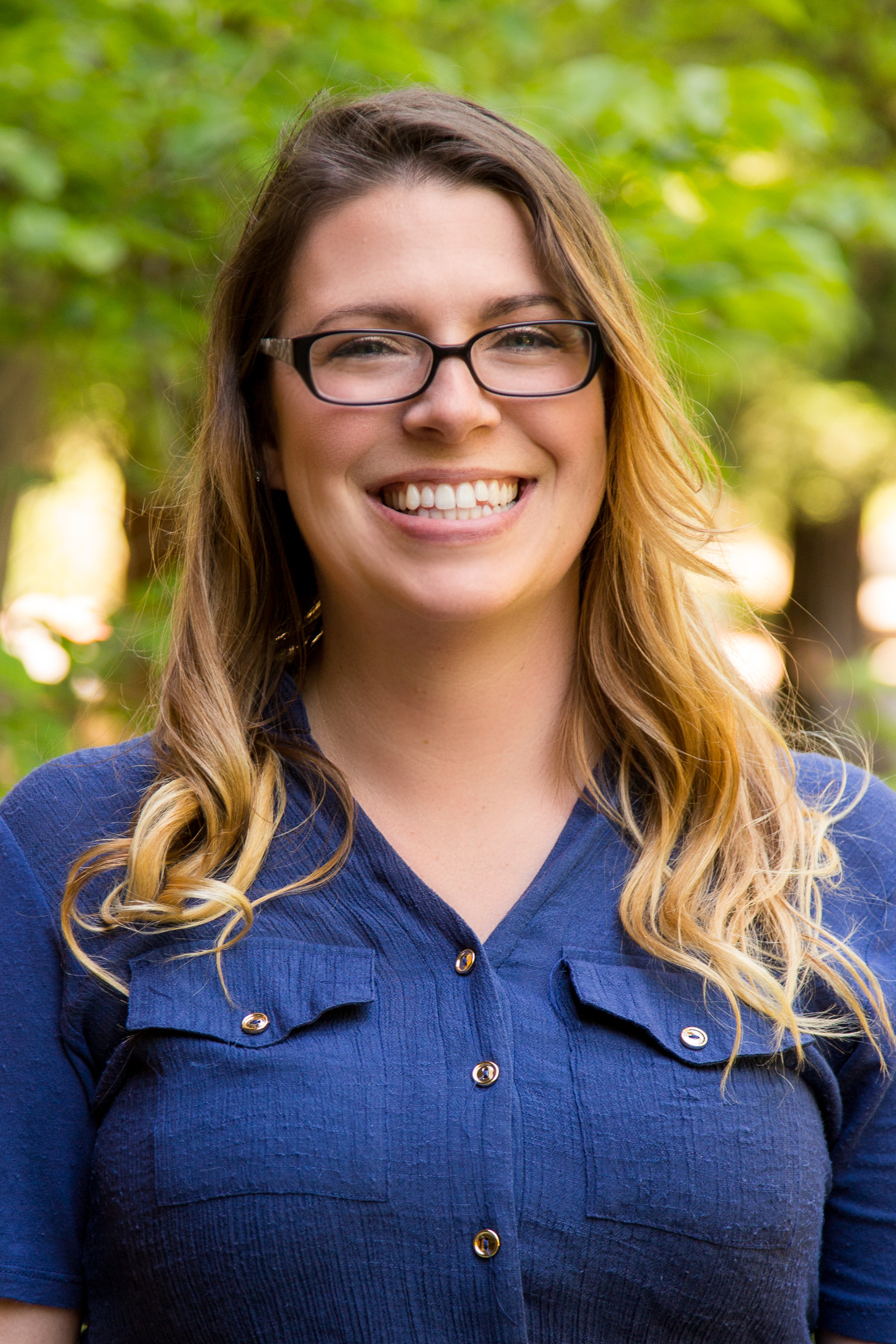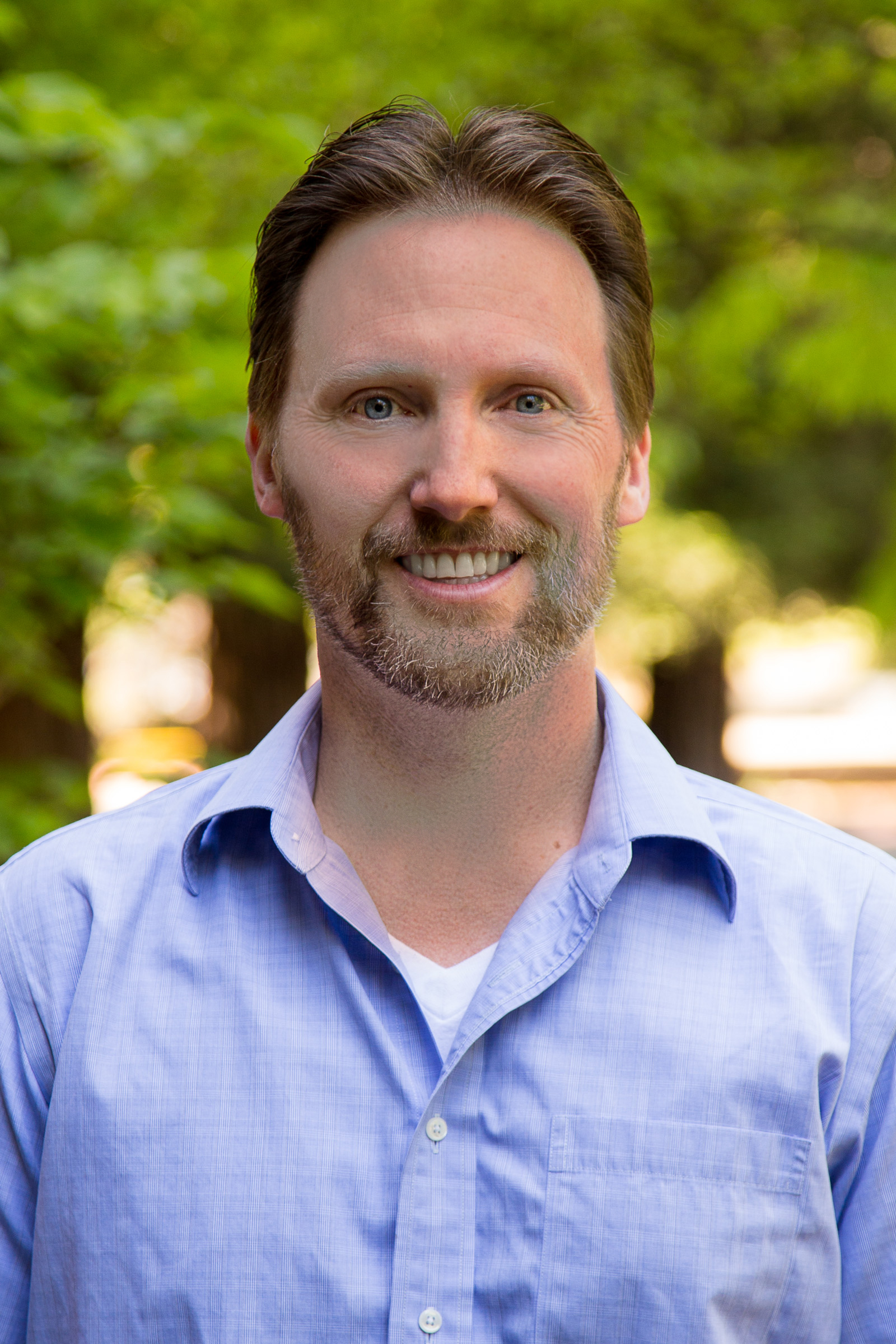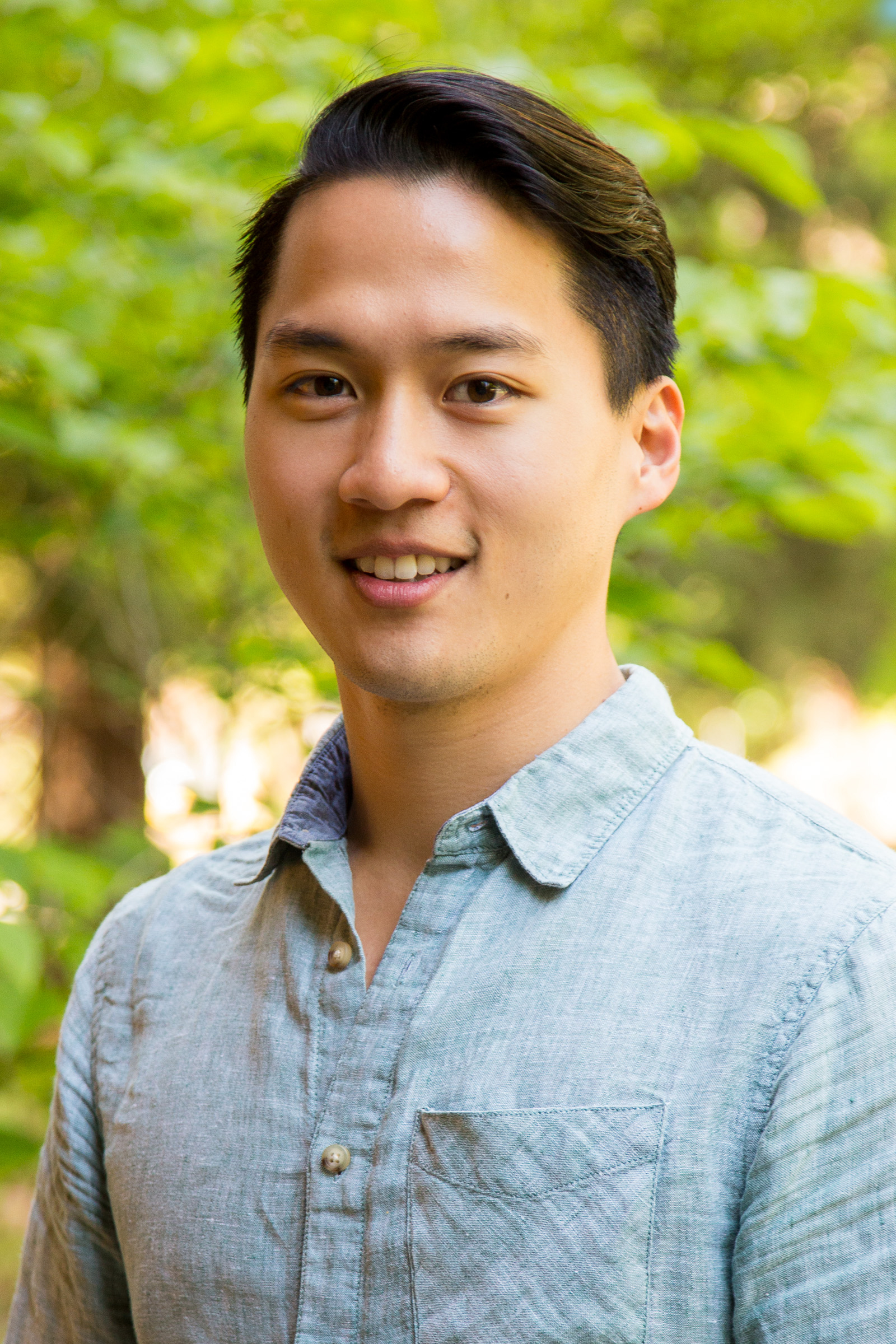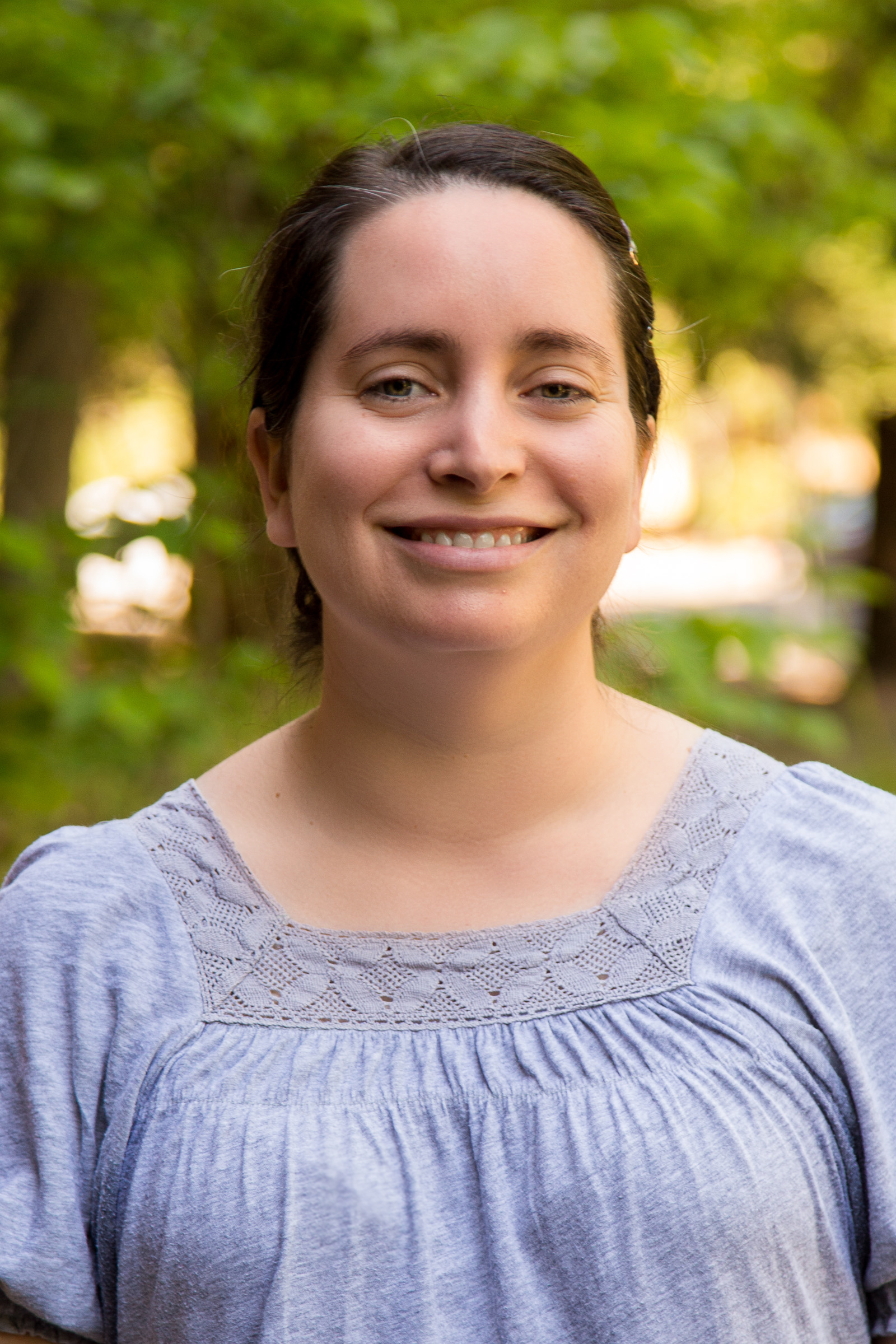Support Page Content
Achievements In the CSUS Stem Cell Program, 2017
About Our Stem Cell Graduate Research
Master's students in our Stem Cell Program perform cutting edge translational research in the field of regenerative medicine. The intention of this site is to provide a platform for our graduate students to describe their research to the greater community. In some cases, students chose instead to write editorials aimed at providing a general understanding of stem cell research. In all cases, students attempted to describe research in a way that would be consumable and informative - and possibly even entertaining - to all readers.
To protect the confidentiality of unpublished research currently underway at UC Davis, the specific names of genes, proteins, cells, and tissue types have often been replaced with aliases or referred to generically (e.g., "factor X" or "a specific peptide"), unless the information is already publicly available elsewhere.
If you have questions or comments, please contact the site editor: Dr. Kimberly Mulligan.
Other Accomplishments
What Skin Cells Can Tell Us About Huntington’s Disease
Jasmine Carter

In the United States, 30,000 individuals currently suffer from Huntington’s disease (HD), a neurodegenerative disease that is always lethal and causes death 15-20 years after diagnosis. HD causes uncontrolled movements, cognitive impairment, and emotional problems. Diagnosis typically occurs either in adulthood or childhood, depending on the type of genetic mutation involved. Currently, treatments are limited and there is no cure.
But what if the key to treating HD could be found in the cells of our body?
Oblivion is Dangerous: Induced iPSCs & Predictive Toxicology
Sakereh Carter

We are exposed to a vast number of environmental toxicants everyday. In 2015 alone, 2.9 billion pounds of toxicants were released into air, water, and land sources. (Environmental Protection Agency, 2017). Globally, approximately 12.6 million deaths are attributed to environmental toxicant exposure each year (World Health Organization, 2016). When toxins enter cells they can disrupt essential cellular processes, such as chemical reactions, cell division, and cell survival. This causes cellular dysfunction and can lead to organ toxicity and various diseases, including cancer. To prevent toxicant-associated disorders, we need efficient ways to test how chemicals might affect the human body before they are released into the environment.
The use of stem cells for predictive toxicology has become more commonplace in the field of research, and their application for human toxicity modeling is limitless. Ultimately, iPSCs offer a promising solution to toxicity screening in several ways getting us one step closer to understanding the biological underpinnings of toxicity. As you can see, iPSCs pave the way for enhanced toxicological testing!
The Revolution in Personalized Medicine
Elizabeth Cortez-Toledo

What if I told you that scientists are one step away from finding a therapeutic treatment for various diseases, including those that were once thought to be incurable? It seems a little far-fetched doesn’t it?
Well, as unbelievable as it sounds, scientists have discovered techniques that will enable delivery of personalized treatment to patients suffering from a wide range of diseases. In the past few years, there has been a major breakthrough in the field of regenerative medicine, a field of translational medicine centered on the use of stem cells to regenerate tissues and organs. You’ve probably heard that stem cells have the ability to become any type of cell in the body. They regenerate damaged tissues and deliver therapeutic molecules. It’s quite impressive! I’m sure you’ve asked yourself: how do stem cells become specialized cells? What properties allow them to deliver specific molecules? And, lastly, what are the benefits associated with the use of stem cells?
Superman vs. Doomsday: The Battle of Cancer and its Stem Cells
Deidra Gordon

Tumors are like the bad guys from a comic, taking over tissue and organs in our bodies, attacking and destroying them. Similar to comic books, chemotherapeutics cannot defeat the super villain, which leaves Doomsday free to cause all types of mayhem. Thus, we need to develop a method to target not only the tumor cells, but also the CSCs within the tumor population without affecting the normal, healthy cells. We need a superhero to come save the day.
Model Medicine
Bruce Hammerstad

There are many kinds of models in the world. There are model airplanes, model cars, even supermodels! Ok, nevermind the supermodels and model cars, they’re not the reason we’re here today. We’re here to talk about disease models. So, what is a disease model? Generally it is an animal—perhaps a rat—that has some abnormality that mimics the pathology of a human disease. But before we continue to discuss disease models, I would like to return to the toy models and talk about the qualities that make any particular model a good model.
It is very important that we recognize the differences and unknowns between us and our disease models. We must continue to improve our understanding of disease pathologies so that we may cure those diseases, but we must also bear in mind the differences between our models and us. It may be the difference between life and death!
Stem Cells 101: From Stem Cells to Specialized Cells
Clayton Lin

You may have heard that stem cells have the potential of growing into an organ. Like many other ambitious young scientists, I was sold on this promise and became interested in stem cell research. However, I knew very little about stem cells and how they could do something so extraordinary. As a master’s student in the CSUS stem cell program I’ve had the opportunity to learn about these phenomenal cells, and I’d like to try my had at sharing the knowledge I have since gained.
Care Packages to the Rescue
Jennifer Phan

Imagine if you’re lost in a forest, with nothing on your back. There’s barely enough food and water in your stomach to get by for the day, possibly two if you’re lucky. A care package would be fortunate at this point, wouldn’t it? What if your cells were in a similar situation? They would need one as well. That’s what an exosome is: a care package sent out to other cells. This analogy presents an idea of using exosomes as potential treatment and scientists are coming up with creative ways to design
Stem Cell Therapy For Your Brain
Jacqueline Silva

There are a variety of mental and neurological problems that plague the human population. Researchers have been struggling to understand the mechanisms behind the causes of these permanent and degenerative neurological disorders. Much progress has been made recently, especially in the last five years, in developing therapies to reverse neurological abnormalities. Stem cell therapy has been one of the most promising areas of research.
The Dangers of Stem Cell Tourism & Marketing Unproven Treatments
Auria Torshizi

In order to understand the dangers associated with stem cell tourism, we must first understand the potentials of stem cells in medicine.
Using the Body's Own Natural Defenses to Better Fight Cancer
Ian Sturgill
Cancer immunotherapy is a rapidly growing field of medical research that is changing the landscape of cancer treatment, promising to ultimately be capable of healing even those who suffer from what are thought to be terminal diseases. This type of immunotherapy is centered on the concept that the immune system is the single greatest tool that can be used to identify and destroy cancer cells because it already participates in anti-cancer activities. Similarly to how cells of the immune system can stop an infection by killing bacteria, they can also kill cancer cells through a process termed immunosurveillance.
Other Full Articles Available to Download
- Diego Anguiano The Petals of Cancer
- Michael Keeling Cancer Stem Cells: What are they and what is their clinical relevance?
- Stefania Ana Paving the Way for Bladder Bioengineering